

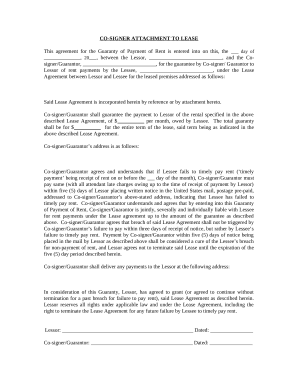
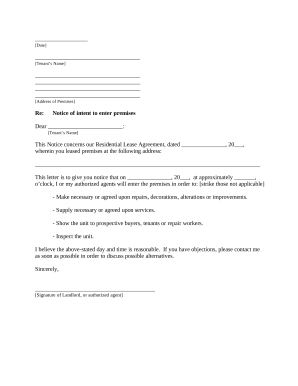
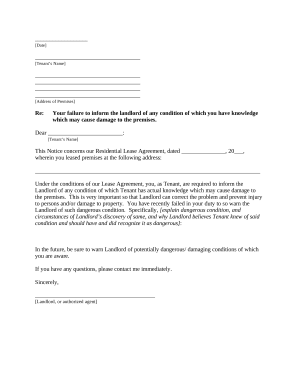

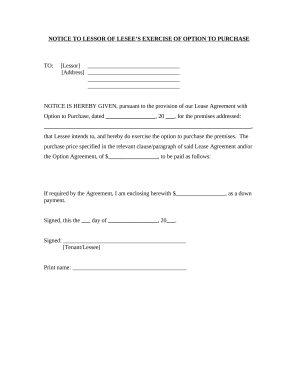
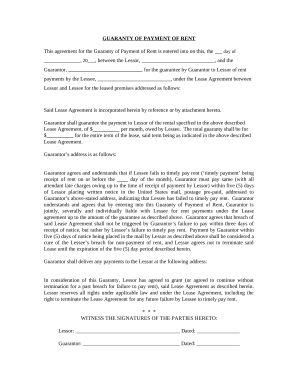
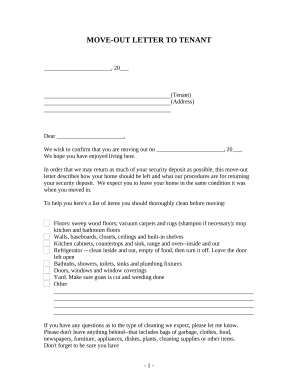

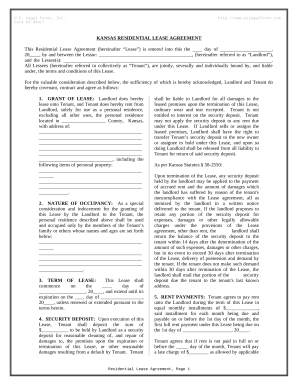
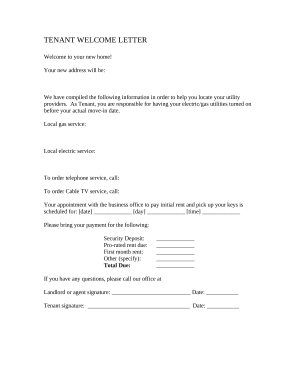


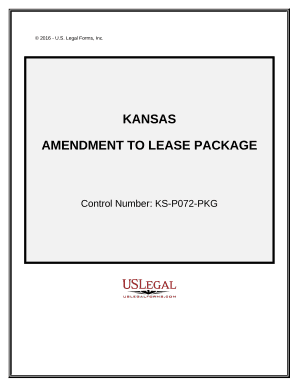
Document management can overpower you when you can’t find all the forms you need. Luckily, with DocHub's vast form library, you can discover all you need and quickly deal with it without switching between applications. Get our Kansas Lease Agreements and begin working with them.
The best way to manage our Kansas Lease Agreements using these basic steps:
Try out DocHub and browse our Kansas Lease Agreements category easily. Get your free profile today!